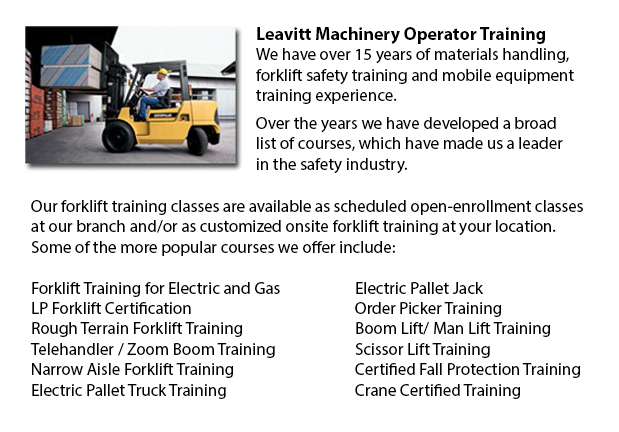
Aerial lift trucks are able to accommodate many odd jobs involving high and tricky reaching places. Often utilized to carry out routine preservation in structures with elevated ceilings, trim tree branches, raise heavy shelving units or mend phone lines. A ladder might also be utilized for many of the aforementioned jobs, although aerial lifts provide more safety and stability when properly used.
There are several versions of aerial hoists accessible on the market depending on what the task required involves. Painters sometimes use scissor aerial hoists for example, which are grouped as mobile scaffolding, handy in painting trim and reaching the 2nd story and higher on buildings. The scissor aerial platform lifts use criss-cross braces to stretch out and lengthen upwards. There is a table attached to the top of the braces that rises simultaneously as the criss-cross braces elevate.
Cherry pickers and bucket lift trucks are a further kind of the aerial lift. Commonly, they contain a bucket at the end of an elongated arm and as the arm unfolds, the attached bucket platform rises. Forklifts use a pronged arm that rises upwards as the handle is moved. Boom lifts have a hydraulic arm that extends outward and elevates the platform. Every one of these aerial hoists have need of special training to operate.
Training courses offered through Occupational Safety & Health Association, acknowledged also as OSHA, embrace safety strategies, system operation, repair and inspection and device load capacities. Successful completion of these education courses earns a special certified certificate. Only properly qualified individuals who have OSHA operating licenses should run aerial lift trucks. The Occupational Safety & Health Organization has formed rules to uphold safety and prevent injury when utilizing aerial lifts. Common sense rules such as not using this apparatus to give rides and making sure all tires on aerial lifts are braced in order to hinder machine tipping are observed within the guidelines.
Unfortunately, figures expose that greater than 20 aerial lift operators die each year while operating and just about ten percent of those are commercial painters. The majority of these incidents were caused by inadequate tie bracing, hence a few of these may well have been prevented. Operators should make certain that all wheels are locked and braces as a critical security precaution to stop the device from toppling over.
Additional guidelines include marking the surrounding area of the machine in an obvious way to protect passers-by and to ensure they do not approach too close to the operating machine. It is imperative to ensure that there are also 10 feet of clearance amid any power cables and the aerial lift. Operators of this machinery are also highly recommended to always wear the appropriate safety harness while up in the air.
-
Rough Terrain Forklifts
There are actually two different classifications of lift trucks within the material handling industry, the industrial model and the rough terrain model. Rough terrain lift trucks first came on the marketplace in the 1940's and had been primarily util... More -
Reach Trucks
Reach Trucks are mechanized equipment utilized for loading and storage in certain firms that maintain storage of cargo to finished goods on a pallet which are then inserted into lofty shelving units. This loading machine helps corporations safely and... More -
JLG Telehandler
After retiring in the late 1960's, John L. Grove started on a cross country RV voyage. After spending numerous years establishing his family built crane company with his brother, John had no idea that this trip would give birth to the rise of JLG Ind... More -
Crown Forklift
More -
Terex Forklift
Terex Forklifts stands by their mission to provide a dependable and cost effective product line. They take delight in developing equipment that improves their customers’ earnings. Through many divestures and acquisitions intended to expand the produc... More

Forklift Certification Nanaimo
TOLL FREE: 1-888-254-6157
Nanaimo, British Columbia
forkliftcertificationnanaimo.com
Email Us
About Us


